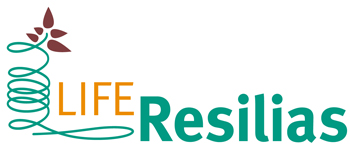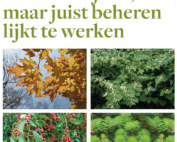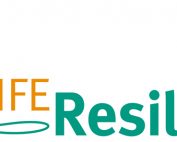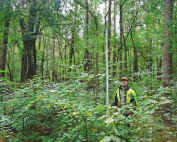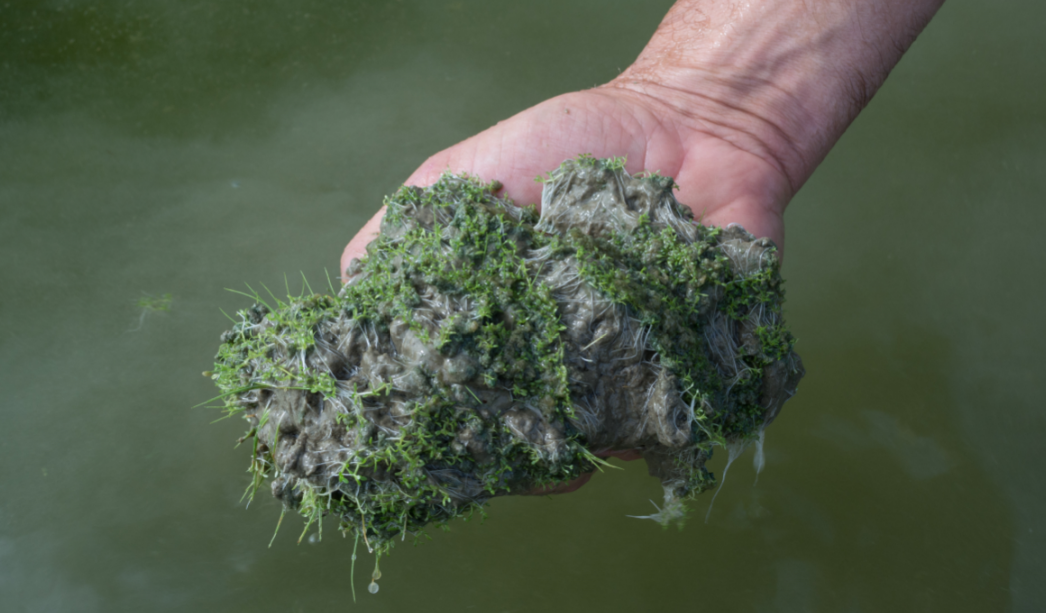
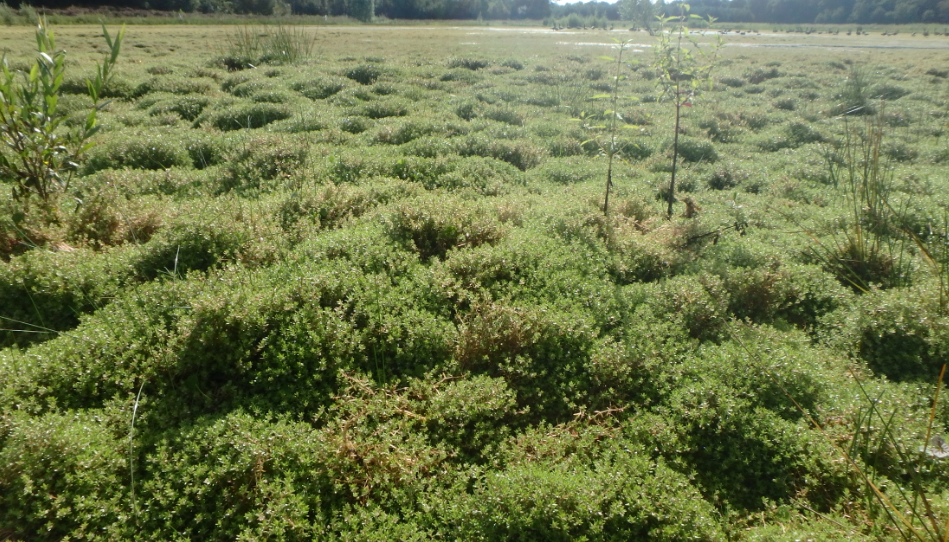
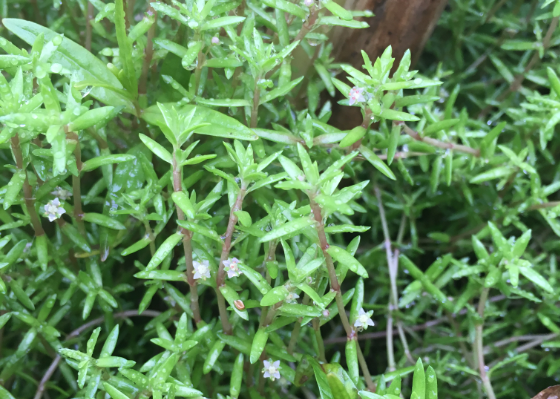
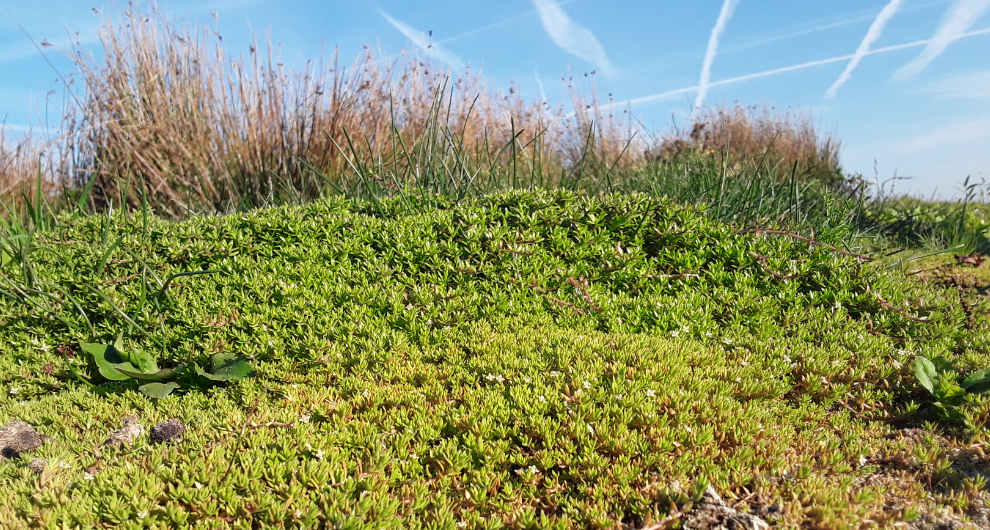
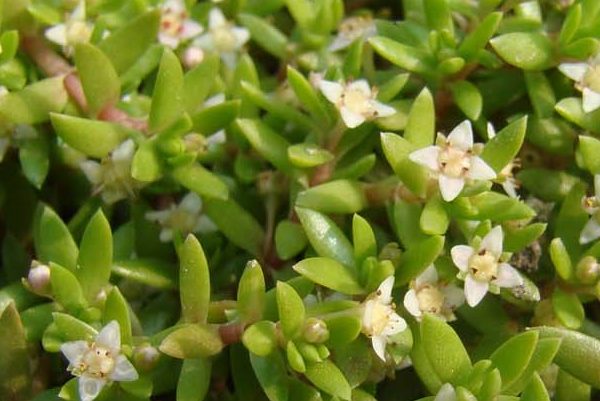

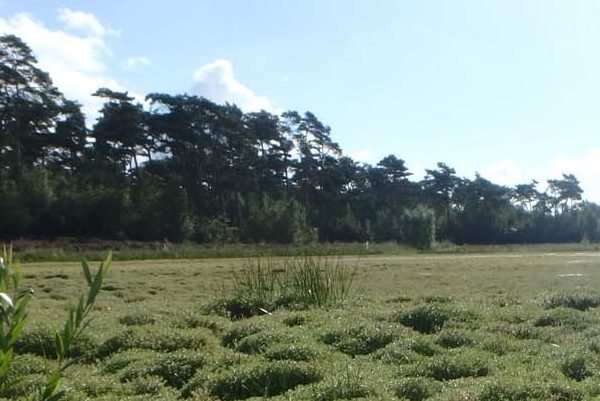
Australian swamp stonecrop – Crassula helmsii
How to reduce the dominance of the highly invasive species breach by introducing competition
Australian swamp stonecrop (Crassula helmsii), also known as water needlewort and New Zealand Pigmyweed, is native to Australia. Both in England, where this invasive alien species has been present since 1950, and in the Benelux, Australian swamp stonecrop behaves invasively. The species spreads very easily and, above all, grows extremely quickly. This poses a major threat to many natural freshwater ecosystems.
Dutch: Watercrassula
Deutsch: Nadelkraut
Français: Orpin de Helms
Ecosystem resilience approach Australian swamp stonecrop
It is now clear that in many cases it is not possible to completely eradicate Australian swamp stonecrop. The LIFE Resilias ecosystem approach therefore focuses on controlling this alien species by breaking its dominance and to prevent regrowth. Not by endlessly repeating control measures, which is very time-consuming and costly, but by strengthening the native ecosystem. In fact, you stabilise the infestation at a low level by first significantly reducing the presence of the species and then introducing native competitors that fit in well to the conditions of the ecosystem. An example of such a native competitor is pondweed. This approach consists of a number of steps. From identifying and dealing with the sources of fertilisation, to breaking the dominance and then the (re)introduction of native plant species to preventing regrowth and dominance of Australian swamp stonecrop. Depending on the growth characteristics of the desired native species, seeds, rooted fragments, and whole plants can be used. The choice of the native species is site-dependent and changes with the degree of annual inundation, soil characteristics and the objectives of the area.
Interesting publications on the ecosystem approach to water crassula can be found on the page left.
Botanical description
Australian swamp stonecrop is a tropical plant and knows no real seasons. The plant continues to grow throughout the winter. Because of its bright green colour, which remains even in winter, the plant is popular by garden pond owners. Up to today, it is still possible to buy this species in pond shops.
Characteristics
Australian swamp stonecrop is a 5-25 cm tall perennial plant of the succulent family (Crassulaceae). The plant remains green in winter and has three growth forms: a land form, a form that grows on the water bed and a form that grows in the upper water layers. This allows the plant to be successful in many different places, even in pools that regularly run dry. Specimens that are submerged in water for a longer period of time or that have run dry, adapt to the most suitable appearance within a few weeks.
Australian swamp stonecrop is a pioneer species that grows explosively in pioneering situations such as ploughed grounds. Once established, the species is almost impossible to remove because every remaining piece can grow into a new plant.
Australian swamp stonecrop consists of one and later more, thin, round, segmented stems, on which the leaves stand two-by-two on nodes. In the water, the plants root in the soil, creeping or in a rosette, and the stems float straight up. The stems are completely green, and the leaves are usually longer under the watersurface than above water.
On dry banks, the distance between the nodes is shorter and therefor the total stem length is shorter. Depending on the amount of food available, it can grow to about 30 cm. The fruit is a box fruit and contains 2-5 seeds. The 0.42 mm long and 0.25 mm wide seed of Australian swamp stonecrop has a limited germination capacity, but due to the large number of flowers, a vital seed bank is quickly produced.
Australian swamp stonecrop – Crassula helmsii
How to reduce the dominance of the highly invasive species breach by introducing competition
Australian swamp stonecrop (Crassula helmsii), also called water needlewort, is native to Australia. Both in England, where water crassula has been present since 1950, and in the Benelux countries, this exotic species behaves invasively. The species spreads very easily and, above all, very quickly. This has a major impact on many ecosystems of natural waters.
Dutch: Watercrassula
Deutsch: Nadelkraut
Français: Orpin de Helms
Ecosystem resilience approach Australian swamp stonecrop
It is now clear that in many cases it is not possible to completely eradicate Australian swamp stonecrop. The LIFE Resilias ecosystem approach therefore focuses on controlling this alien species by breaking its dominance and to prevent regrowth. Not by endlessly repeating control measures, which is very time-consuming and costly, but by strengthening the native ecosystem. In fact, you stabilise the infestation at a low level by first significantly reducing the presence of the species and then introducing native competitors that fit in well to the conditions of the ecosystem. An example of such a native competitor is pondweed. This approach consists of a number of steps. From identifying and dealing with the sources of fertilisation, to breaking the dominance and then the (re)introduction of native plant species to preventing regrowth and dominance of Australian swamp stonecrop. Depending on the growth characteristics of the desired native species, seeds, rooted fragments, and whole plants can be used. The choice of the native species is site-dependent and changes with the degree of annual inundation, soil characteristics and the objectives of the area.
Botanical description
Australian swamp stonecrop is a tropical plant and knows no real seasons. The plant continues to grow throughout the winter. Because of its bright green colour, which remains even in winter, the plant is popular by garden pond owners. Up to today, it is still possible to buy this species in pond shops.
Characteristics
Australian swamp stonecrop is a 5-25 cm tall perennial plant of the succulent family (Crassulaceae). The plant remains green in winter and has three growth forms: a land form, a form that grows on the water bed and a form that grows in the upper water layers. This allows the plant to be successful in many different places, even in pools that regularly run dry. Specimens that are submerged in water for a longer period of time or that have run dry, adapt to the most suitable appearance within a few weeks.
Australian swamp stonecrop is a pioneer species that grows explosively in pioneering situations such as ploughed grounds. Once established, the species is almost impossible to remove because every remaining piece can grow into a new plant.
Australian swamp stonecrop consists of one and later more, thin, round, segmented stems, on which the leaves stand two-by-two on nodes. In the water, the plants root in the soil, creeping or in a rosette, and the stems float straight up. The stems are completely green, and the leaves are usually longer under the watersurface than above water.
On dry banks, the distance between the nodes is shorter and therefor the total stem length is shorter. Depending on the amount of food available, it can grow to about 30 cm. The fruit is a box fruit and contains 2-5 seeds. The 0.42 mm long and 0.25 mm wide seed of Australian swamp stonecrop has a limited germination capacity, but due to the large number of flowers, a vital seed bank is quickly produced.







Latest news
Interview: Managing rather than fighting seems to work
Trade magazine My Nature interviewed Jessica Snoek, the new project leader of LIFE Resilias for the autumn issue of 2025. The article 'New insights argue [...]
Resilias in France
The French government, together with species, biodiversity and invasive species organisations, organises exchanges on invasive species between policymakers and researchers. Introduction by Bart [...]
Publication: Rejuvenation under American bird cherry - a guide for forest managers
To better understand the impact of bird cherry on the rejuvenation of native tree species, the Technical University of Dresden conducted a [...]
